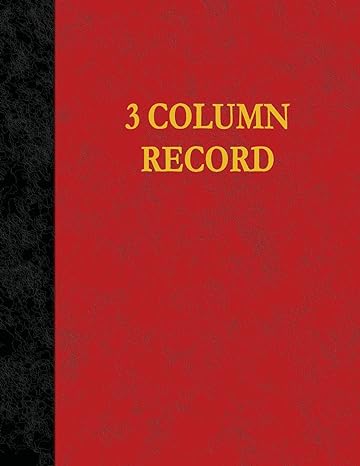Question
Termite Savings and Loan (TSL) makes its money the conventional way by taking in customer deposits and lending it out at a profit. TSL makes
Termite Savings and Loan (TSL) makes its money the conventional way by taking in customer deposits and lending it out at a profit. TSL makes three loan types: home equity loans, secured auto loans and unsecured personal loans. The annual rates of return for these types of loans (after compounding payments and allowing for bad debts) are 7% for home equity loans, 9% for automobile loans, and 12% for personal loans. The board of directors has agreed to make $1.5M available to lend, but to manage risk (and score some political points) has decided that at least 35% of the funds must be allocated to home equity loans. For similar reasons, the board has also stipulated that the amount allocated to personal loans cannot be more than 50% of the amount allocated to automobile loans. Your task is to lend the money in the way that maximizes total returns.
a) Define the goal and the decision variables, and write out the linear programming model that will allow you to do this. Use the format on page 9 of the PowerPoint called DSCI 300 LP intro. (Use a text box on your spreadsheet to do this.)
b) Formulate an Excel version of your model and find the optimal solution. What is the resulting annual percentage rate of return? I recommend adopting one of the templates from Blackboard.
c) If the interest rate on home equity loans could be increased to 8%, would the amount allocated to each type of loan change? Explain.
If the board could be persuaded to lower the limit on home equity loans to 30%, what would be the change in annual percentage return?
Step by Step Solution
There are 3 Steps involved in it
Step: 1

Get Instant Access to Expert-Tailored Solutions
See step-by-step solutions with expert insights and AI powered tools for academic success
Step: 2

Step: 3

Ace Your Homework with AI
Get the answers you need in no time with our AI-driven, step-by-step assistance
Get Started


